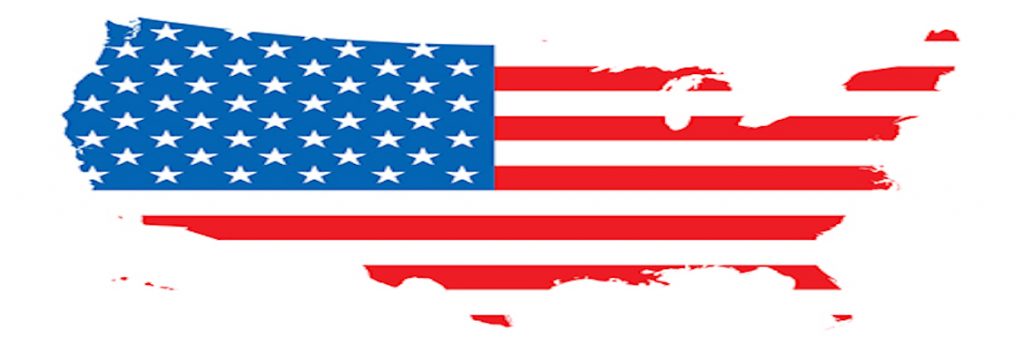In the wake of yesterday’s landmark presidential election, the remarkable divide between liberal and conservative voters has become more pronounced than ever—or at least in recent history. What drives those differences, however, may be more than just personal opinions.
Rutgers Business School recently published an article in which business ethics professors Wayne Eastman and Christopher Young attempt to unravel the “socioeconomic correlates of liberalism and conservatism.”
First, Eastman and Young asked whether the divide between red and blue states is akin to one between “the executives against the professors” or the grande vs. the moyenne bourgeoisie, if you will. Their hunch turned out to be overwhelmingly accurate as the two discovered that an “executive” who earned among the top 5 percent of the population income-wise was 64 times more likely to take a conservative political stance than a “professor.”
Next, the duo examined the red-blue disparity between high school dropouts and the working poor. Much like the executive and professor divide, Eastman and Young found that high school dropouts took “the conservative position on 62 out of the 72 issues.” They found that this gap “explained more of the variance between liberal and conservative positions than did the differences between the well-off and the highly educated, likely because the less educated and the less well-off differ more from each other in their opinions.”
Eastman and Young hope that their research might debunk the “facile cynicism” on which President-elect Trump has built his campaign. There’s clearly so much work that needs be done across all fronts. In their words, “The fix is not in. The rivalry of American conservatives and liberals is about elites, yes – but it is also about underdogs.”
